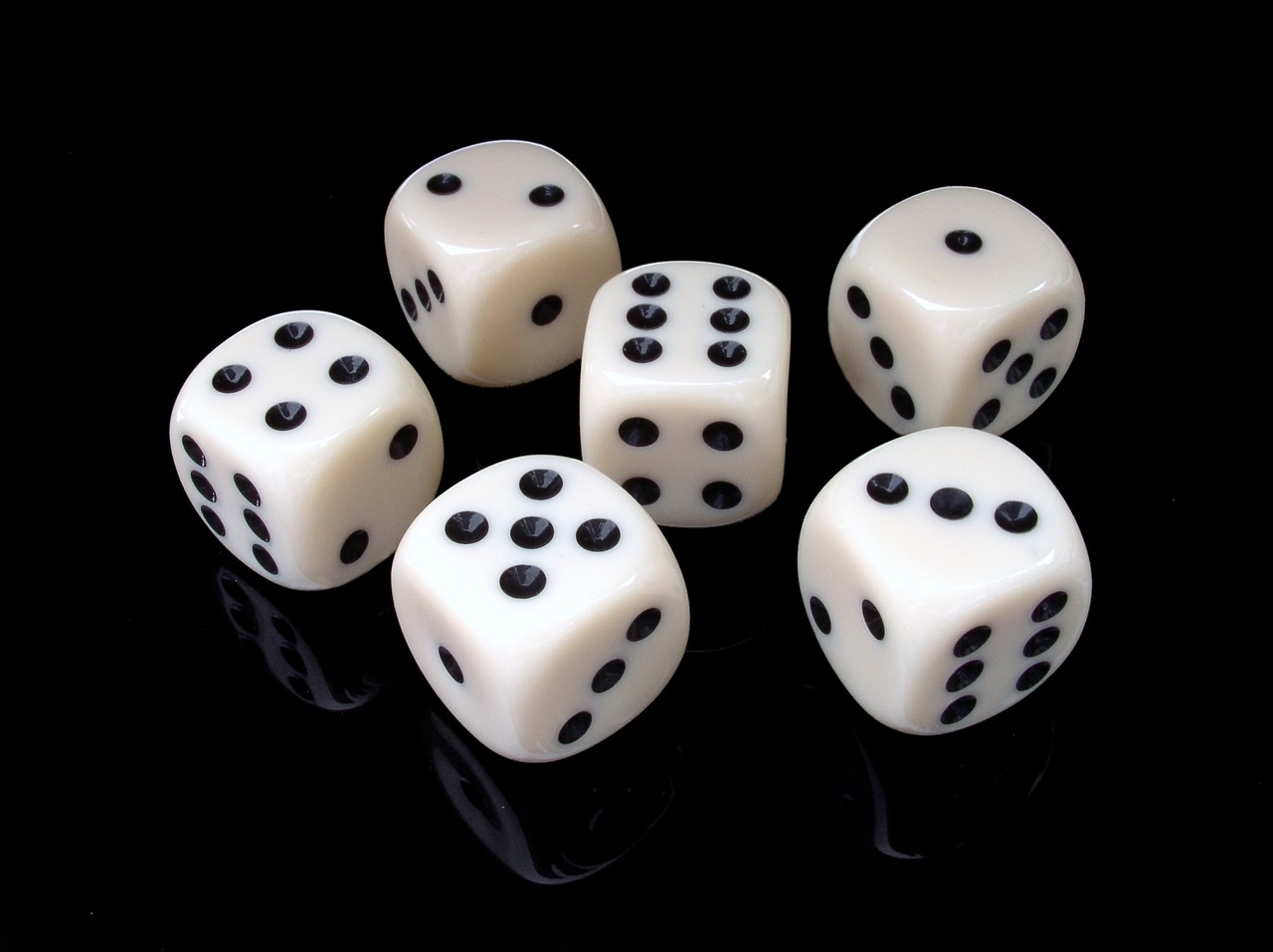“Luck is the Residue of Design”: Unveiling the Power of Intention in Web Design
In the dynamic world of web design, success doesn’t merely happen by chance. Instead, it’s a result of meticulous planning, thoughtful execution, and strategic decision-making. The saying “luck is the residue of design” encapsulates the idea that behind every fortunate outcome lies a well-crafted plan. Let’s explore how this concept applies to web design and how it can influence the creation of impactful online experiences.
The Meaning Behind the Phrase
“Luck is the residue of design” suggests that when you put deliberate effort into crafting a well-thought-out plan, you’re more likely to experience positive outcomes. In other words, serendipity is often a byproduct of careful preparation and intention. This concept reminds us that success isn’t arbitrary; it’s the result of designing a pathway to achievement.
Translating the Phrase to Web Design
When it comes to web design, the phrase “luck is the residue of design” holds a wealth of insights that can elevate the design process and outcomes:
1. Strategic Planning
Creating a successful website requires strategic planning that aligns with the project’s goals and the needs of the target audience. Instead of relying on luck, web designers meticulously outline the structure, functionality, and visual elements of the site. A well-defined plan sets the foundation for a seamless user experience.
2. User-Centric Approach
Intuitive and user-friendly design doesn’t happen by accident. Designers conduct thorough research to understand user behavior and preferences. By empathizing with the audience, designers create layouts and features that cater to users’ needs, making for a more engaging and effective website.
3. Attention to Detail
Detail-oriented design is a cornerstone of exceptional web experiences. Every aspect of a website, from typography and color choices to navigation and interactions, is purposefully crafted to convey the brand’s message and enhance usability. Luck doesn’t play a role here; it’s all about meticulous attention to design elements.
4. Testing and Iteration
Luck doesn’t guarantee a flawless website launch, but strategic testing and iteration do. Web designers continuously refine and optimize their designs based on user feedback and performance metrics. This iterative process ensures that the website evolves into its best version over time, leaving no room for luck to determine its success.
5. Visual Consistency and Brand Identity
A cohesive and visually appealing website is a result of conscious design decisions that uphold brand identity and consistency. Designers strategically choose colors, fonts, and imagery that resonate with the brand’s essence. This thoughtful design approach ensures that visitors have a memorable and impactful experience.
6. Responsiveness and Accessibility
In today’s digital landscape, responsive design and accessibility are non-negotiable. These intentional design practices ensure that websites are functional and visually appealing across various devices and for all users. A well-designed, responsive site is a testament to the residue of strategic planning and design.
Conclusion
The phrase “luck is the residue of design” imparts a powerful lesson for web designers: success doesn’t happen haphazardly. Instead, it emerges from a deliberate and strategic approach to design. By embracing careful planning, user-centricity, attention to detail, testing, and brand consistency, web designers can create websites that leave a lasting impact and set the stage for a successful online presence. Remember, when it comes to web design, luck bows to the power of intentional and purposeful design.







